Drivers of popular rideshare companies are reporting that they are seeing more and more fares where their compensation won’t even cover the cost of a cup of coffee.
Drivers have provided evidence of recent trips they’ve completed that have paid less than $3. They say this is just part of a broader trend for decreased pay for rideshare drivers.
Rideshare Drivers Earning Less Than $3 Per Trip
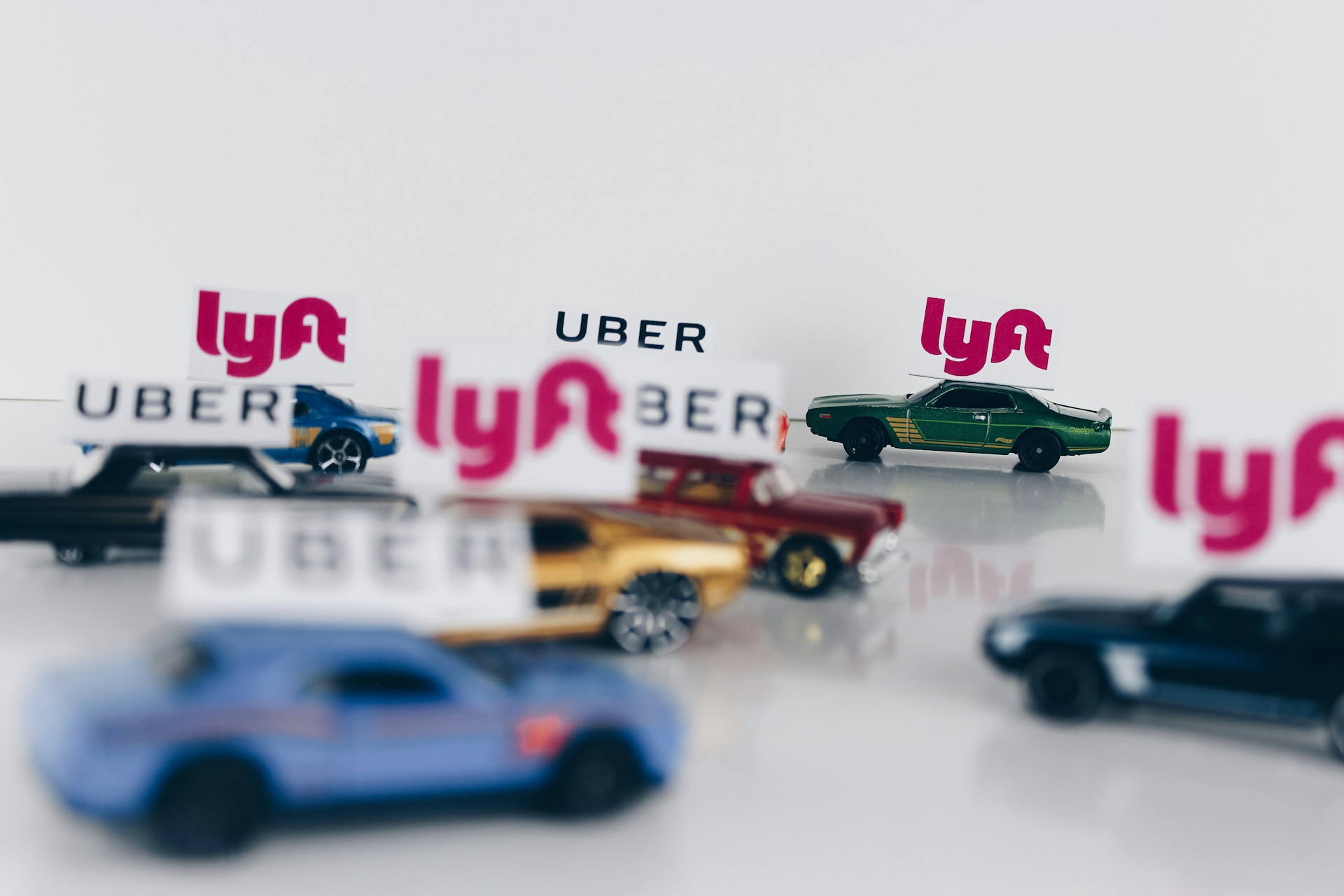
It seems that the days of being a driver for a popular rideshare platform like Uber or Lyft being a potentially lucrative gig may be a thing of the past. More and more drivers are seeing an abundance of extremely low-paying fares.
Rideshare driver and contributor to the popular rideshare industry blog “The Rideshare Guy” Sergio Avedian started encountering numerous sub-$3 rides in Los Angeles.
These Low-Pay Trips Seem to Be On the Rise

This isn’t a phenomenon unique to Los Angeles. Avedian says many drivers from all over have reached out to him complaining about these unprofitable rides.
In a piece with Business Insider, eight drivers for popular rideshare and delivery platforms shared details of their experiences with the prevalence of jobs paying less than $3.
There’s Proof to Back Them Up
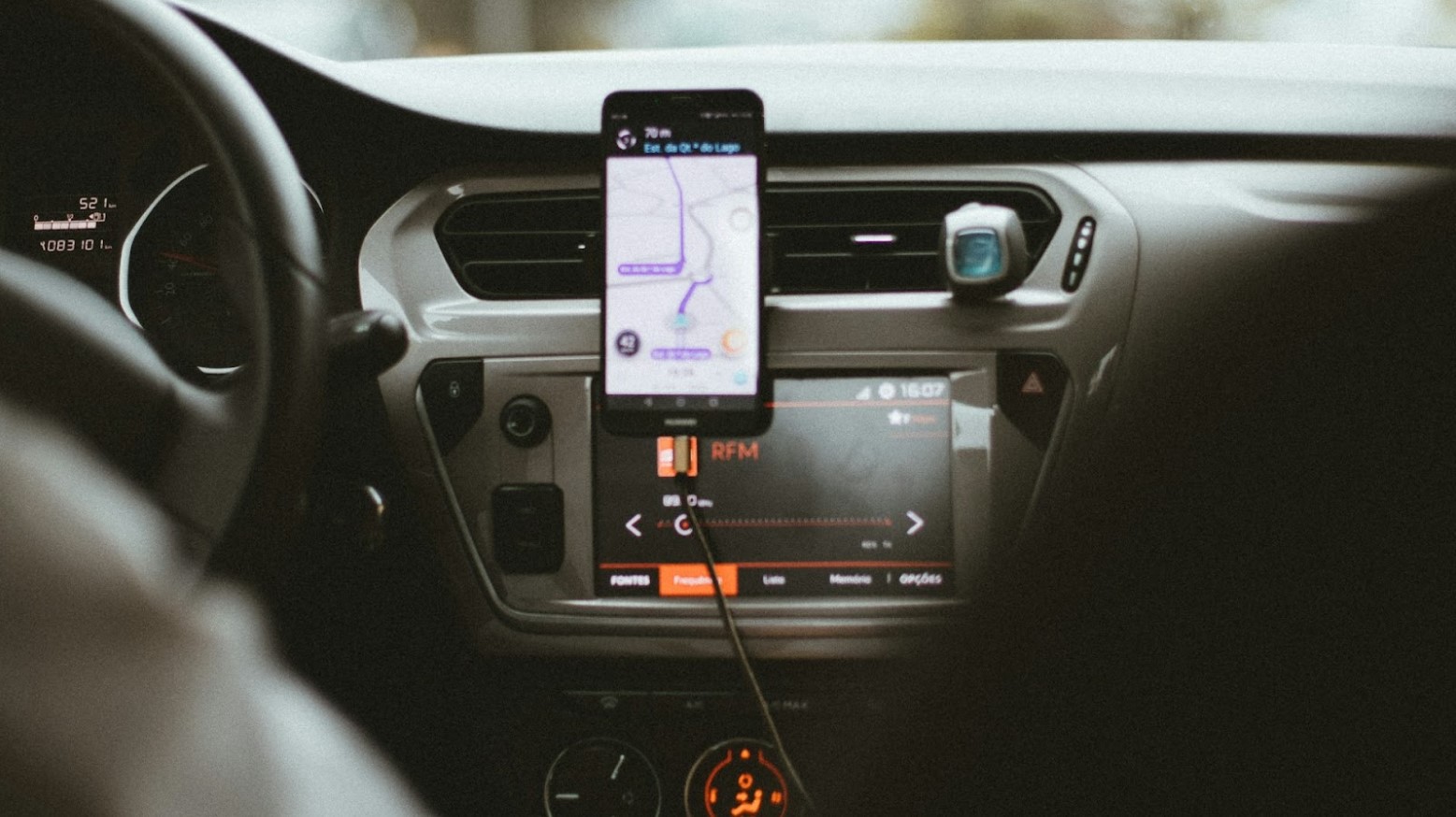
This isn’t anecdotal discontented whispering among drivers, as there are records to support these complaints. Drivers shared with Business Insider screenshots of their fares for a month.
These screenshots showed nearly two dozen recent trips, ranging in length between 5 and 15 minutes, that paid $3 or less, excluding any tips. One Arizona driver had evidence of a ride that took 15 minutes to complete, covered over 4 miles, and paid only $2.62.
Short Trips Aren’t Worth It for Drivers

Many drivers feel these fares simply aren’t worth it. Even though they equate to only 10 minutes of driving on average, it still doesn’t balance out — $3 in earnings for 10 minutes of work equates to around $15 per hour, which is only slightly above the minimum wage of many states.
This is before factoring in driver expenses like gas. Short trips might also put more wear and tear on vehicles due to constant breaking and acceleration, potentially adding up to greater driver maintenance costs in the long term.
They’re Worth It for the Companies
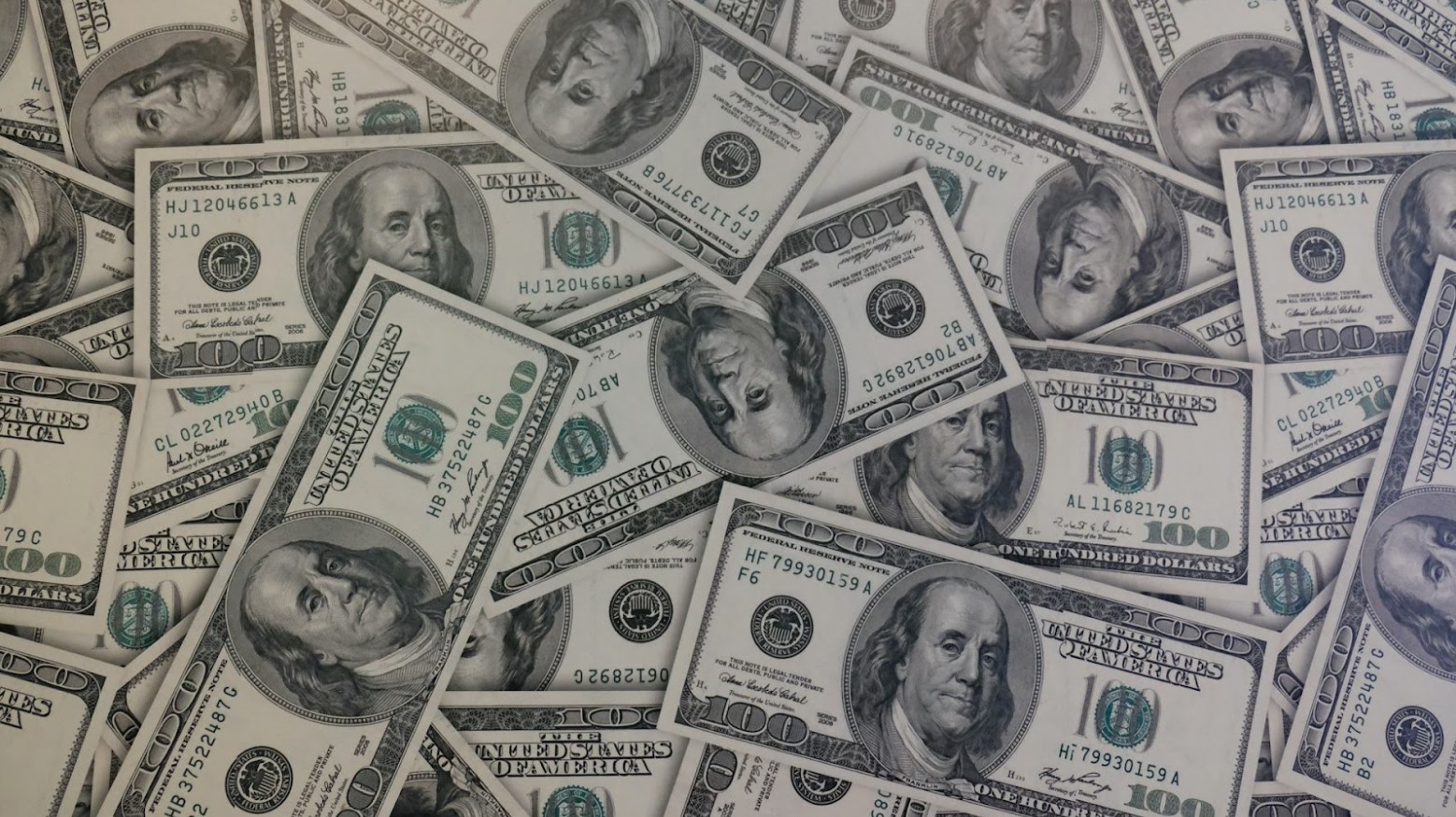
These small fares are still worthwhile for rideshare platforms since drivers cover their own expenses. Offering low fares also lets platforms stay competitive in an ever more crowded rideshare marketplace.
As long as drivers are willing to pick up these low-paying jobs, the accumulation of them will pay off for the companies — even if they don’t for the drivers.
Tips Can Help Offset the Low Fees

It should be noted that these sub-$3 fares don’t take into account tips or other bonuses, as that is just the base fare for the job. Drivers can still potentially make more for these jobs than $3 once these extras are taken into account.
But drivers can’t rely on potential tips to keep their operations profitable, especially if low base fares like these seem to be becoming more common. Avedian suggests rideshare companies set minimum fares of at least $5 to try to tackle the issue.
Drivers Can Always Reject $3 Trips

Drivers of course are under no obligation to accept a low-fare job like this. A driver who comes across a sub-$3 job can always reject it. However, many drivers say more profitable jobs are becoming harder to come by, with lower fares becoming more the norm.
Moreover, if one driver rejects a job, another seems willing to take it. Due to an abundance of rideshare drivers, many of whom are desperate for any money coming in, Avedian says whenever he rejects a low-paying ride, it gets “snapped up immediately.”
Uber and Lyft Insist Driver Pay Is Healthy

Taking individual low-fare trips out of the equation, the big rideshare platforms insist that their drivers earn well and that rideshare driving is still a lucrative gig.
An Uber spokesperson told Business Insider that drivers in the U.S. earn more than $30 an hour while engaged with the app, while Lyft reported the median pay of its drivers to be $31.10 per hour engaged, including tips and bonuses.
They Are Providing Pay Guarantees Also
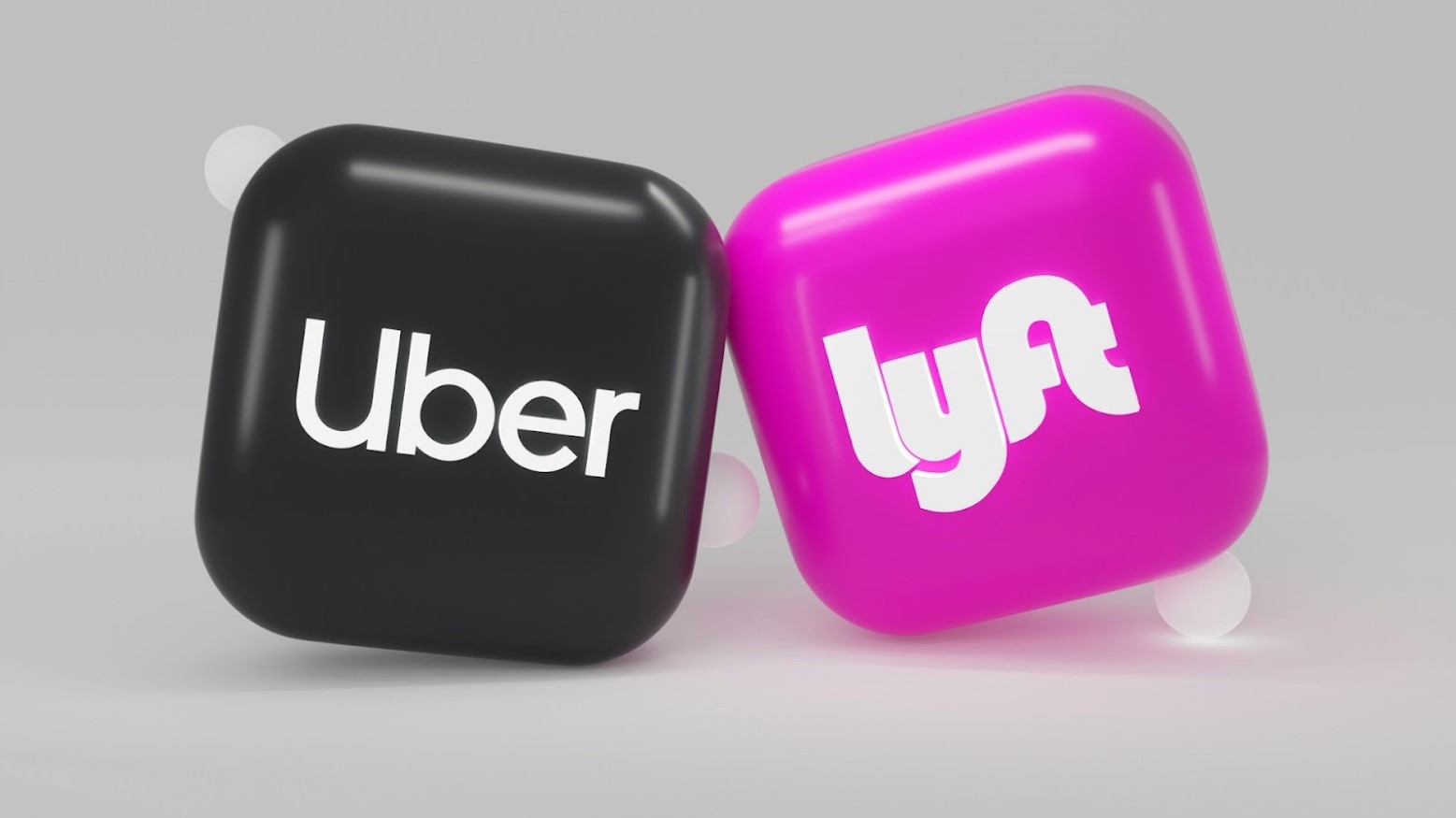
Uber also reported that in states like California, where there is a minimum pay standard, drivers can expect a certain level of pay. Lyft will also start guaranteeing drivers 70% of their riders’ payments, after external fees.
But drivers are still concerned about the growing number of lower-paying fares and the impact this could have. Drivers have protested, with growing calls for higher guaranteed pay.
Overall Decline in Driver Pay
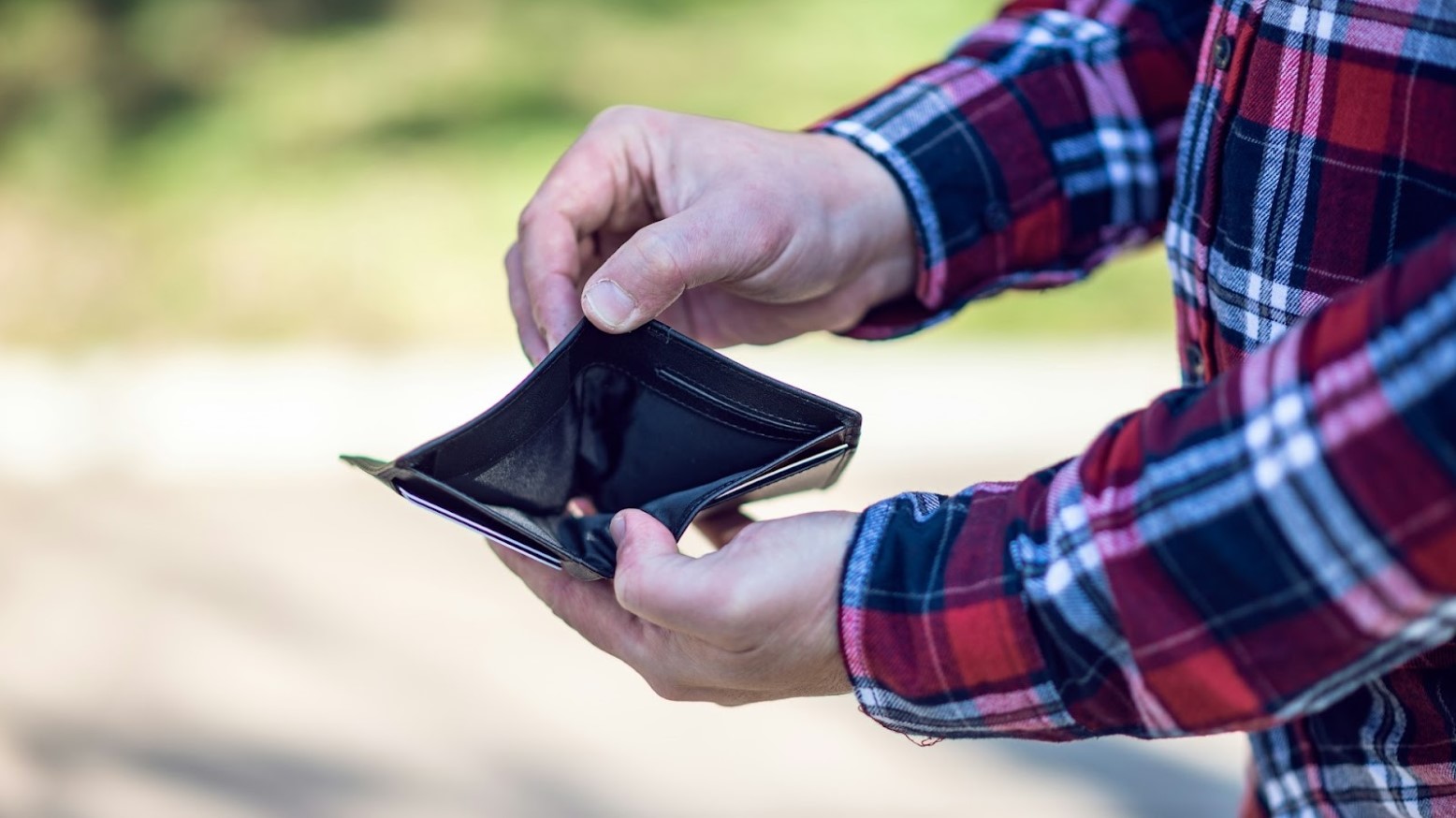
The prevalence of low-paying trips like these appears to be just one example of an overall trend of pay for ride-share drivers declining. Despite Uber recording $1 billion in profit, drivers reported to Business Insider that driving is becoming less profitable.
They say that rideshare companies are taking a larger cut of ride fares, leaving them worse off. Research suggests that some drivers are earning well below minimum wage once expenses are taken into account.
Are $3 Rides Part of the Future for Drivers?

Many drivers reject low-paying fares whenever they see them. With increasing expenses for running their vehicles and no guarantee of valuable tips on top of these, they simply cannot run a sustainable, profitable business on a foundation of sub-$3 fares.
Many drivers believe companies are wildly out of touch with the costs their drivers are facing and setting a higher minimum fare would be more appropriate. But in an increasingly saturated rideshare market, low fares allow companies to be competitive. In such a competitive space, there will be a driver on hand to pick up a $3 ride if another driver rejects it. As long as this remains the case, pay probably won’t increase, and $3 rides likely aren’t going anywhere.
